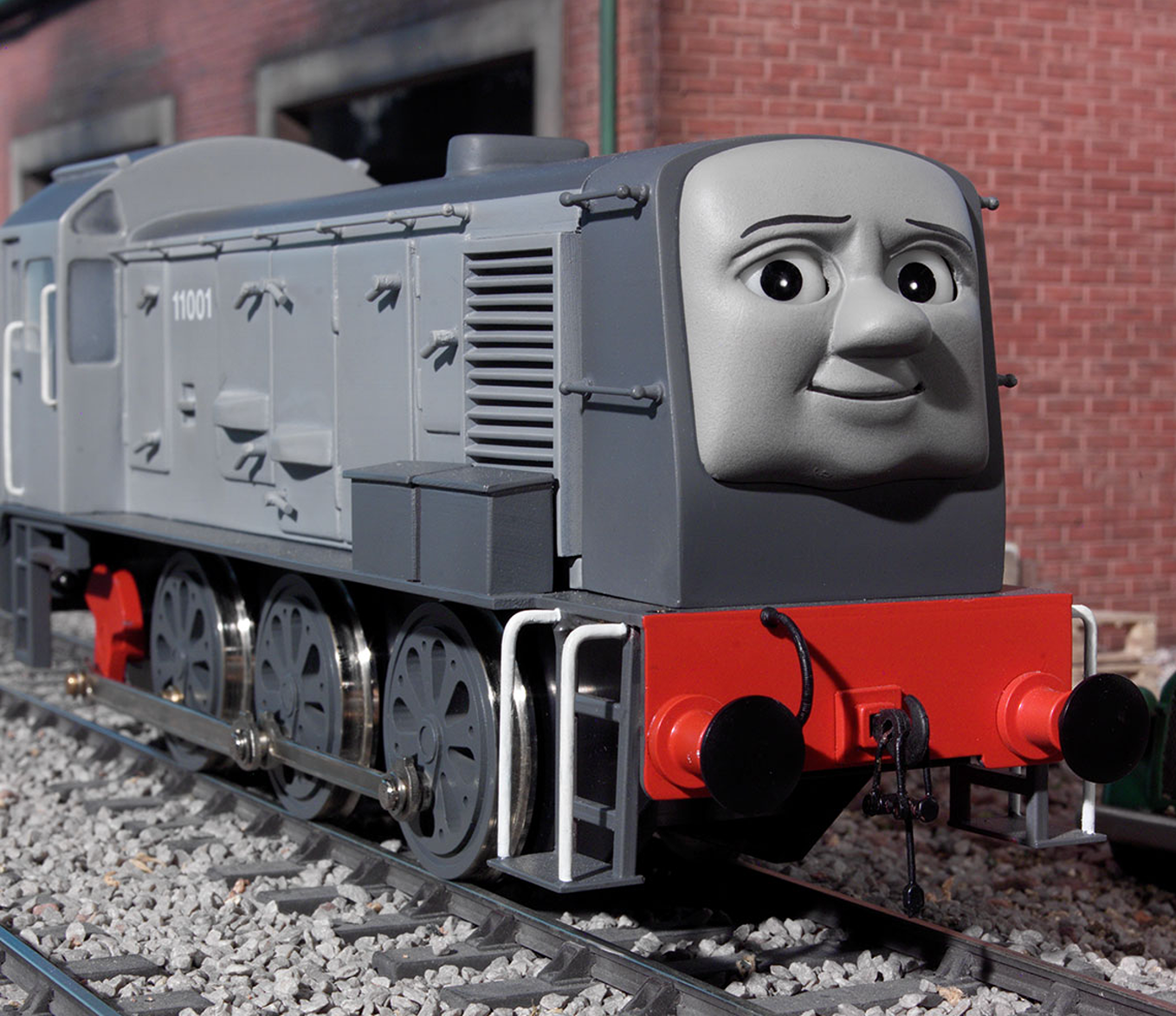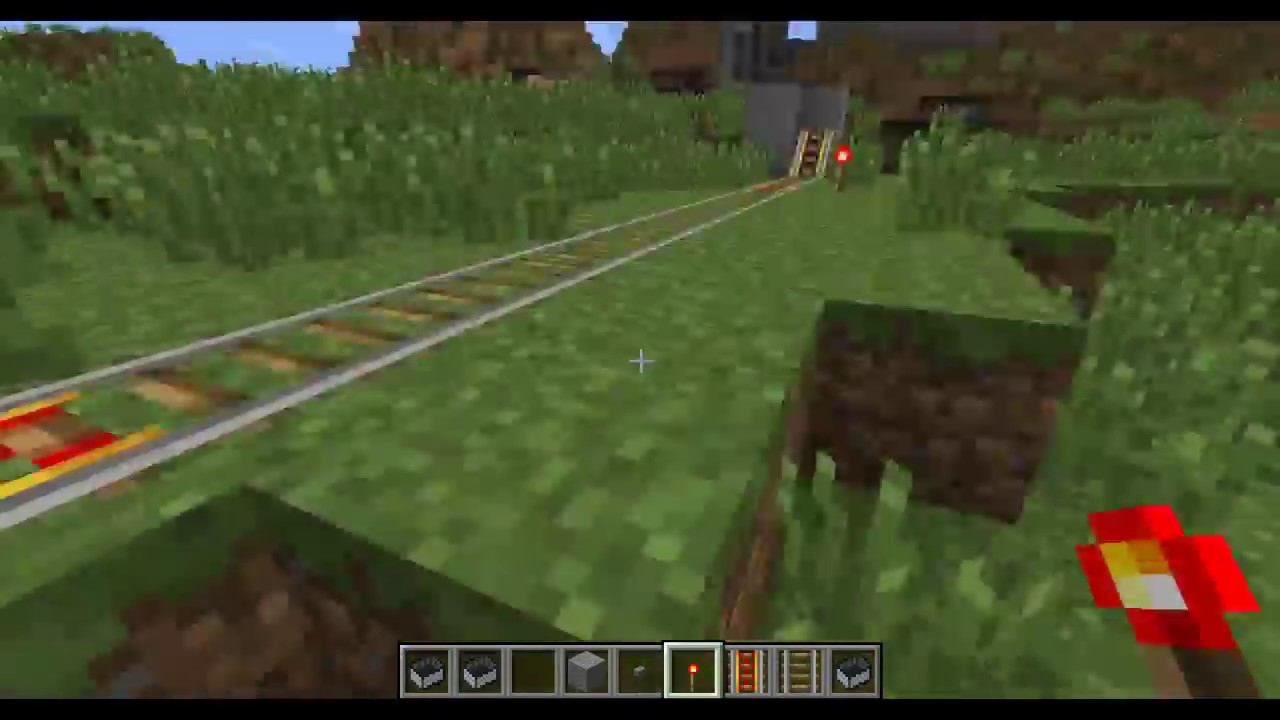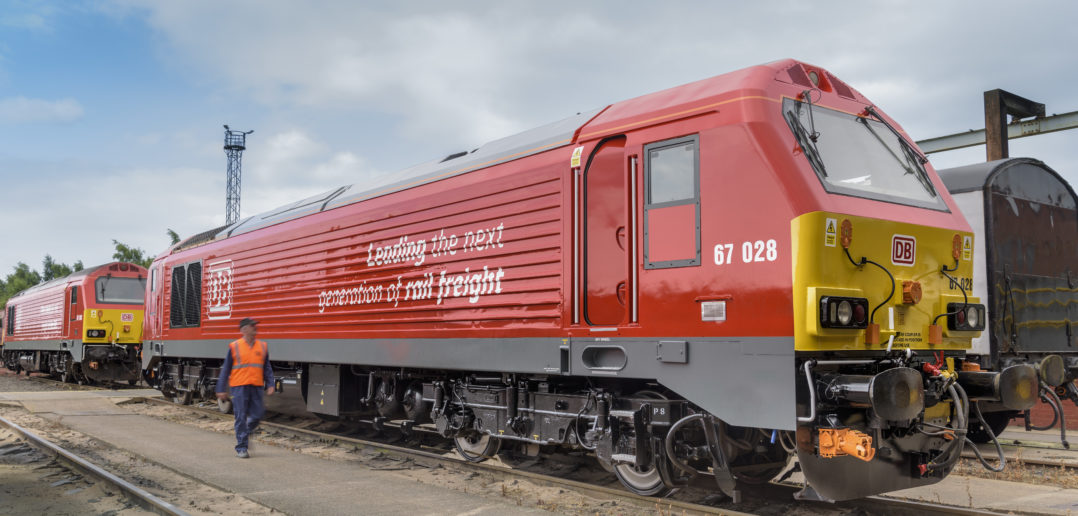


He thinks regenerative braking may reduce the number of charging stations needed for battery electric locomotives. The system is similar to the braking systems that charge the batteries of hybrid cars, Gebhardt says, noting that trains are pulling far more weight behind them.
POWERED RAILS TRIAL
The Wabtec trial last year traveled 350 miles through the heart of California without recharging, because regenerative braking recharged batteries roughly 20 percent when going downhill. “These charging facilities can be anywhere,” Phadke says.Īnother potential advantage: the potential to capture energy as heavy, miles-long freight trains rumble down a hill. One advantage in building charging stations for locomotives: They don’t have to be in cities, which could help lower costs. Freight trains typically travel 1,000 miles or more, but stops for crew changes every 150 miles or so provide an opportunity to charge batteries. The Lawrence Berkeley Lab–UCLA study says building charging stations will account for a substantial portion of the initial costs. Parallel Systems is developing a charging pad that connects beneath rail vehicles and sits between train tracks. A spokesperson for the group says the standards won’t favor a specific method of charging.Ī Wabtec spokesperson says the company can provide plug-in charging, but charging from the top of locomotives will be easier. The railroad will develop charging stations in partnership with the American Association of Railways, which is developing standards with representatives of railroads and locomotive makers. Union Pacific says its battery electric locomotives initially will operate only in rail yards to test performance in extreme cold and heat. That used a 400-kilowatt plug, but later models of Wabtec’s FLXdrive will charge using pantograph technology, reaching down with an arm to touch a contact at the top of the locomotive. Wabtech and BNSF Railway built the first battery electric locomotive charging station in a train yard in Stockton as part of the test run last year. “This is about shifting more truck miles to rail.”Įach of these battery electric approaches bring the promise of a cleaner environment, lower fuel costs for railways, and fewer premature deaths from air pollution, but they lack the same thing that has hindered adoption of electric cars: charging stations.
POWERED RAILS SOFTWARE
Soule says Parallel is trying to develop software that will work with existing railroads and incorporate necessary safety features. A second-generation rail vehicle is due later this year. Parallel Systems CEO Matt Soule envisions platoons of rail vehicles that resemble giant Roombas carrying 10 to 50 shipping containers, but that’s based on modeling and simulations, since the company has so far built only two rail vehicles. Parallel Systems was founded in January 2020 by a group of ex-SpaceX executives and is largely still a concept. Because they already are electric, if someone decides to do it they can do it in a month.”Īmol Phadke, staff scientist, Lawrence Berkeley National Laboratory

A spokesperson for the California Air Resources Board says replacing diesel locomotives will “undoubtedly have a positive health impact to nearby communities” and will represent “a step forward in the long-standing environmental justice concerns of communities living near rail yards in our state.” Diesel locomotives spew particulate matter and other toxic pollutants, accounting for an estimated 1,000 premature deaths and $6.5 billion in health costs a year in the US. Switching to battery electric power will reduce greenhouse gas emissions and improve local air quality.

That could cut emissions by up to 30 percent, Gebhardt says. Wabtec says its next-generation battery locomotive will nearly triple its energy storage capacity to 7 megawatt-hours, nearly 100 times the capacity of a Tesla Model 3. Wabtec CTO Eric Gebhardt says the combination saved an average of 11 percent on fuel and emissions. The battery electric locomotive sat between two traditional diesel locomotives, pulling as much as 430,000 pounds. Also last year, Wabtec tested its FLXdrive locomotives on 18 trips between Barstow and Stockton, California, under a $22 million grant from the California Air Resources Board.


 0 kommentar(er)
0 kommentar(er)
